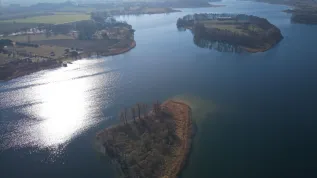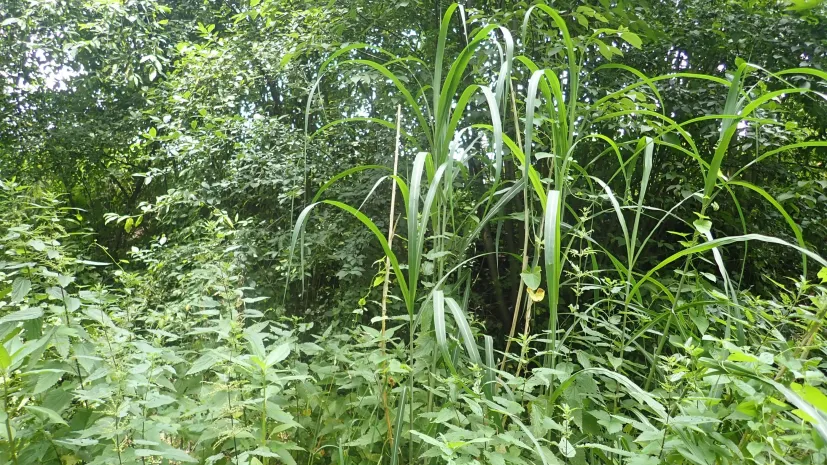
Alien species in the environment: piranha in the San and running bamboo over the Lubatówka
On the Lubatówka River in Poland (Podkarpacie, near Krosno), hydrobiologists have observed with concern wild thickets of Bisset bamboo, considered an alien invasive species in many parts of the world. Ecologists are also concerned about the appearance of giant miscanthus in the natural environment. A piranha has been caught in the San.
-
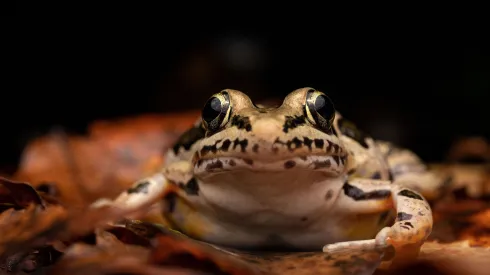
Hundreds of amphibian species will be pushed beyond their tolerable temperature range
At the current rate of global temperature increase, by the end of the century nearly 400 amphibian species (7.5%) will be pushed beyond their tolerable temperature range, according to an international forecast covering more than 60 percent of amphibian species.
-

Light pollution poses huge problems for plants
Light pollution affects not only humans, but also - very strongly - plants. It disrupts their growth, flowering and immunity, which affects ecosystems, crops and food production. Meanwhile, this is a problem that can be partially relatively easily reduced, scientists believe.
-

Scientists from University of Gdańsk discover new species of parasite
Scientists from the University of Gdańsk have discovered a new species of mite. It is a skin parasite that caused serious symptoms in the head of the Senegal galago.
-

Discoveries by Polish scientists to help increase effectiveness of mRNA vaccines and drugs
Researchers from the International Institute of Molecular and Cell Biology in Warsaw (IIMCB) have discovered a new mechanism that improves the efficiency of mRNA-based therapies. Their findings have just appeared in the prestigious journal Nature.
-
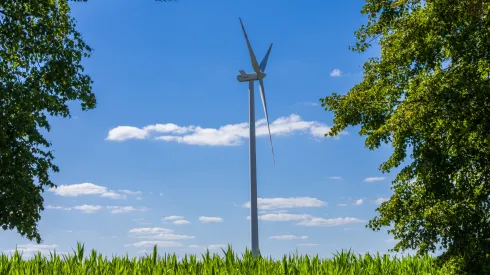
Poznań scientists to investigate impact of wind turbines on birds and bats
For 7 years, Poznań scientists will conduct globally unique research on the activity of birds and bats in various parts of the forest, and verify the methods for assessing the impact of wind turbines on the environment. They will use a radar-optical system, acoustic sensors and drones.
-
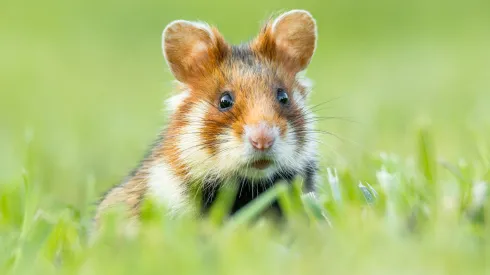
European hamster is threatened with extinction
The European hamster, the only critically endangered mammal species in Poland, may become extinct within the next 25 years throughout its entire Eurasian range, scientists warn.
-
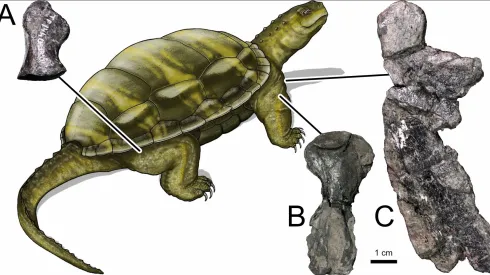
Triassic turtle from Thailand belongs to previously unknown genus; it had relatives in Poland
The turtle that lived around 215 million years ago in what is now Thailand did not belong to a previously known genus.. It is a proof of a greater diversity of early representatives of this group than previously assumed, demonstrate palaeontologists, including researchers from the Institute of Paleobiology of the Polish Academy of Sciences. The reptile had relatives in Poland.
-
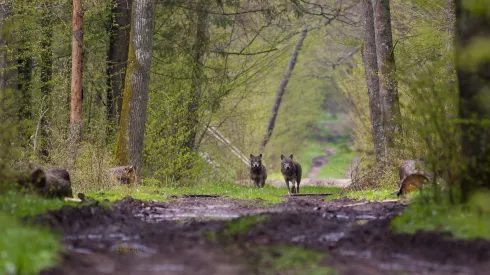
Biologist: Wolf culling does more harm than good
Wolf culling does more harm than good; all scientific studies confirm this, says Sabina Pierużek-Nowak, PhD, a professor at the University of Warsaw. For example, when a parental pair is killed, the young individuals, left without care, start hunting farm animals.
-
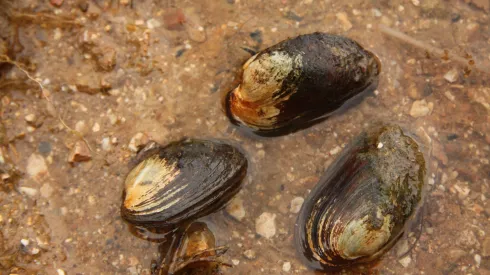
Mussels in decline, or how superorganisms are dying out
Mussels are extraordinary organisms that have dominated aquatic ecosystems for millions of years - from the depths of the oceans to the sources of streams. They are long-lived, with some species living for hundreds of years. Despite this, their numbers have been decreasing drastically in recent decades. New research by Polish scientists - Tadeusz Zając, PhD, and Katarzyna Zając, PhD, professors at the Institute of Nature Conservation of the Polish Academy of Sciences - sheds light on the causes of this phenomenon.


